Jean de La Fontaine
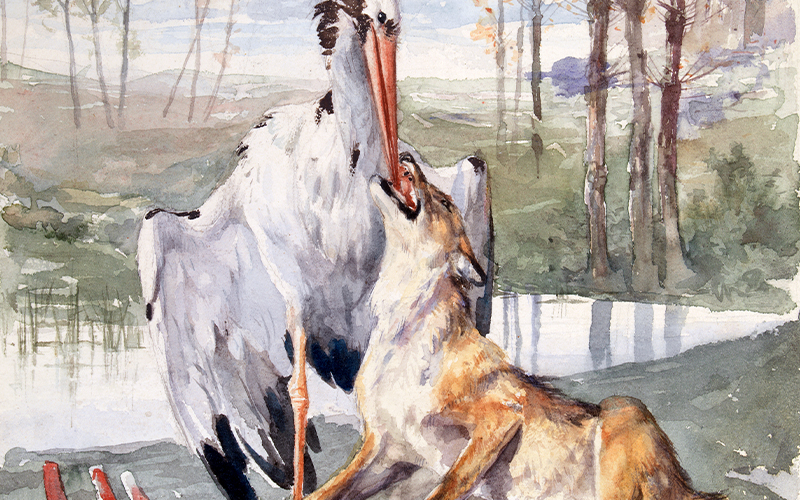
Jean de La Fontaine (1621–1695) was a renowned writer, known for the creation and adaptation of some of the most famous children’s stories that are still told today. His work captivated Calouste Gulbenkian, who acquired several works inspired by the French author and his fables.
La Fontaine studied theology, but soon realised that his vocation was literature. He began doing translations and writing poetry, working in the service and under the protection of various important patrons. Nevertheless, it was his fables that immortalised La Fontaine and made his name famous across the globe.
With a strong dose of irony, filled with moments of satire and profound observations about human behaviour, his fables were conceived with an adult and sophisticated audience in mind; however, the simple and accessible language and inspiring messages they contained proved to be an excellent way of teaching children moral values and the author ended up adapting some of these stories for a child audience.
Some of the fables were eventually integrated into school curricula, being repeated and memorised countless times and later translated into various languages. Theatre and television adaptations were written and some of the expressions used by the author became common turns of phrase in France.
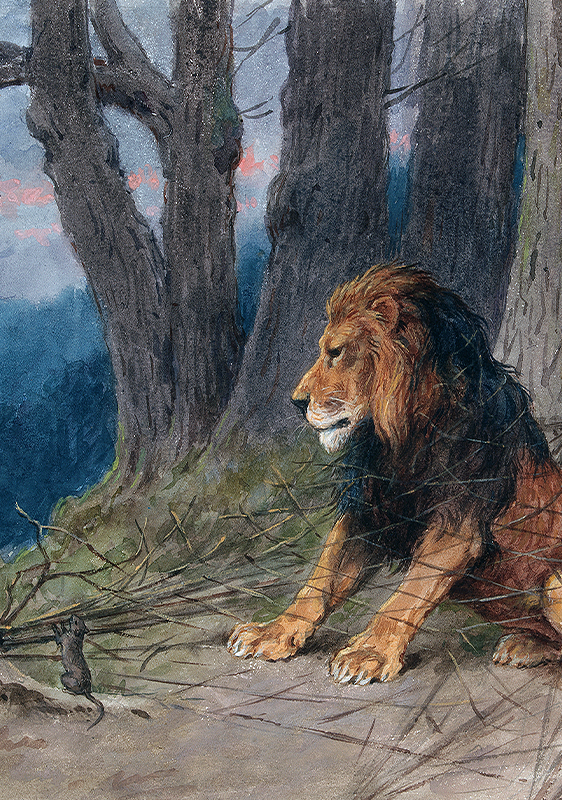
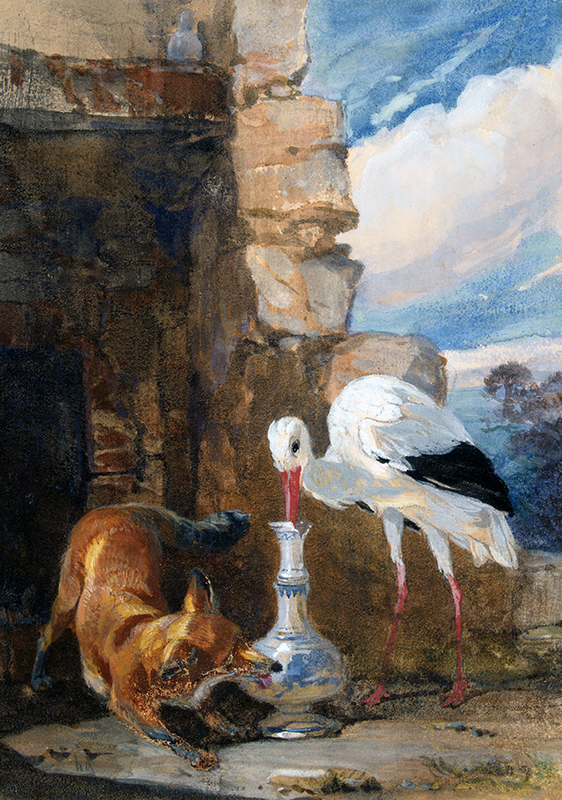
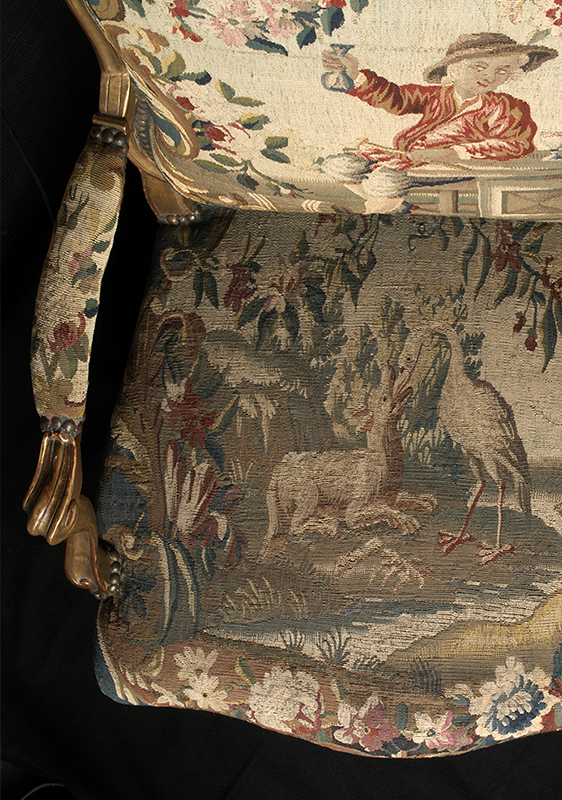

The protagonists of many of the stories were animals, as can be seen in the series of 57 watercolours that Gulbenkian acquired in 1922, with contributions by 35 artists living in France. In addition to these paintings, the collector also bought another collection of watercolours illustrating The Loves of Cupid and Psyche, another work by La Fontaine, as well as six armchairs, whose Aubusson tapestries decorating the seat depicted stories by the author.
La Fontaine’s fame was such that the author was portrayed by various artists of the period, one of whom was Hyacinthe Rigaud. Rigaud’s portrait was the basis for an engraving by Gérard Edelinck, a print of which also belongs to the Collection. Gulbenkian also acquired various books by the writer.
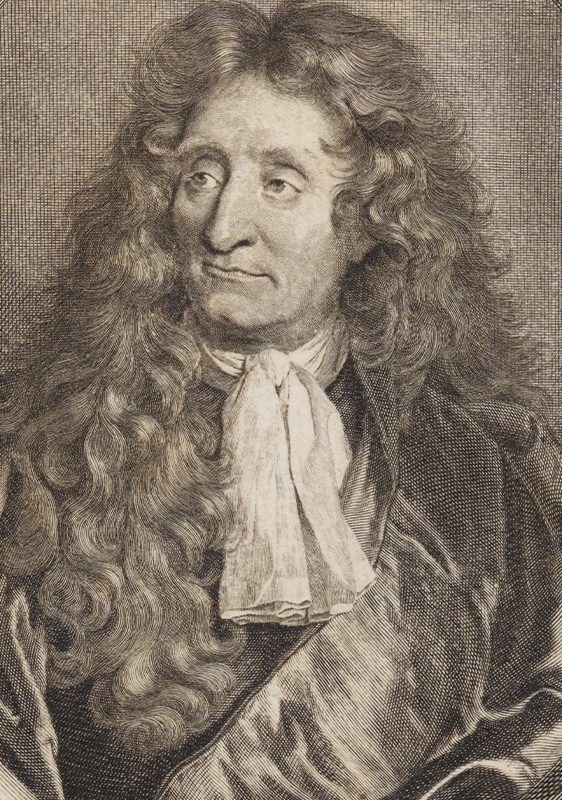

A Collection of Stories
On a weekly basis, we shared a story around Calouste Gulbenkian’s collection. This section was created in 2020, which is why the articles refer to the Calouste Gulbenkian Museum collection as the Founder’s Collection.
Other stories